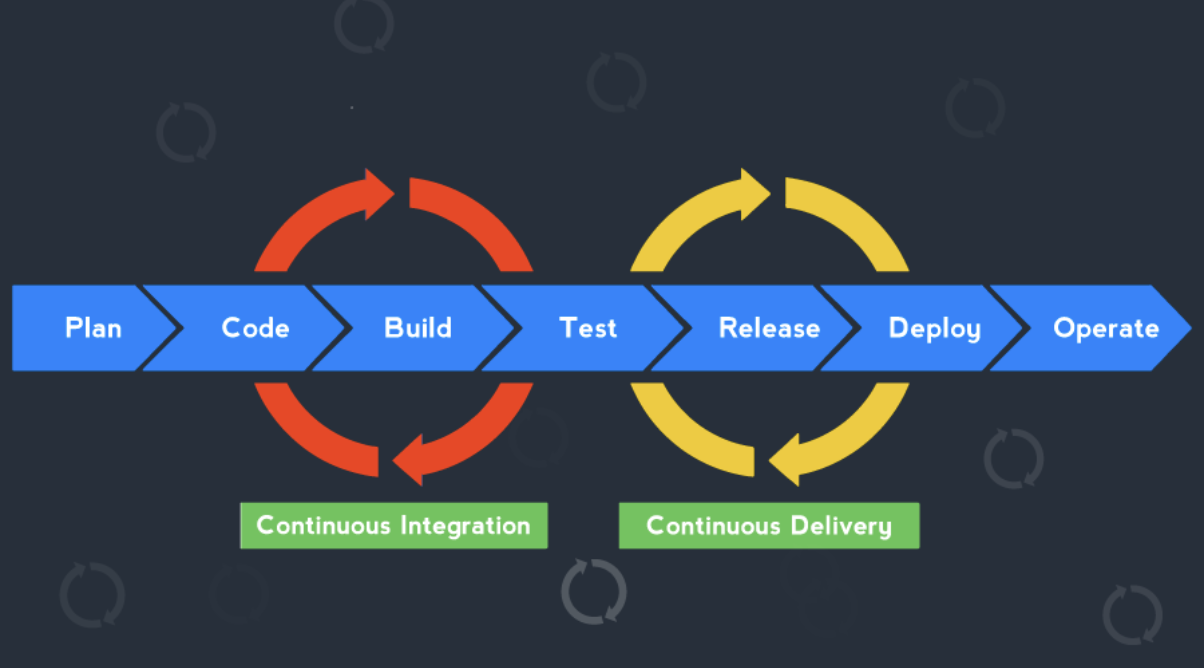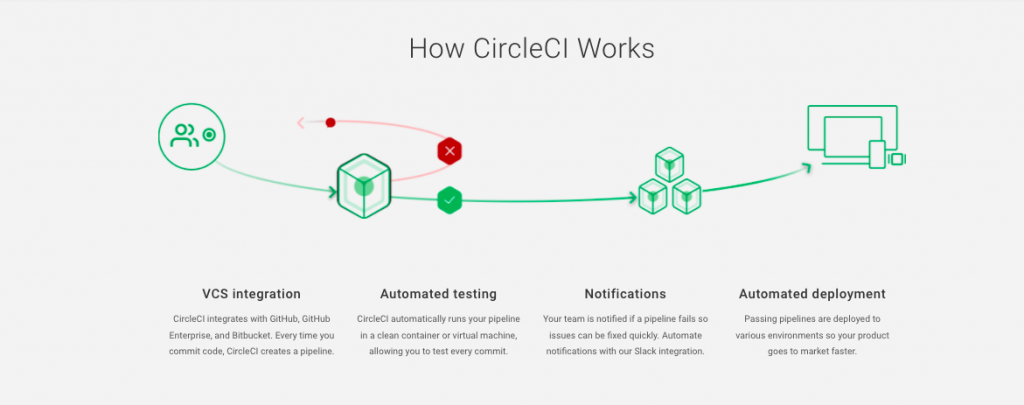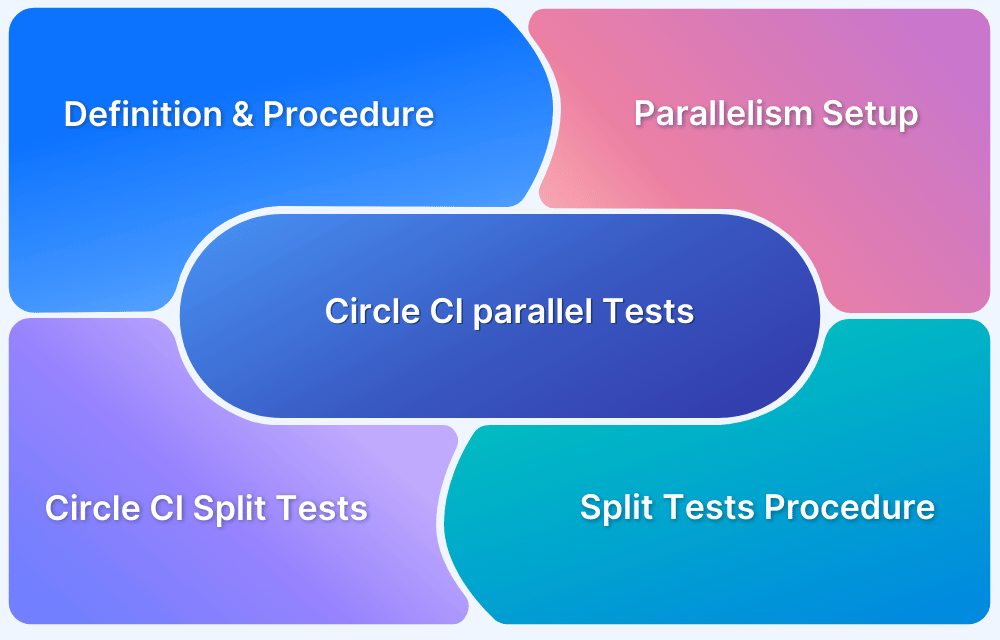Choosing the essential tools for deploying a project is very important. Often, the wrong choice is made that costs the business dearly. CI/CD is the backbone of DevOps that ensures stable builds and deployments throughout the product lifecycle. Proper CI/CD pipelines can help streamline complex processes that otherwise would’ve been a workload as a product grows and scales. It is also important to choose the right tools according to the project management and overall business needs.
Overview
What Each Platform Offers
- CircleCI: integrated with a repository where the codebase exists.
- GitLab CI: Integrated CI/CD within GitLab platform.
Setup & Configuration Differences
- CircleCI uses .circleci/config.yml with pipeline syntax.
- GitLab uses .gitlab-ci.yml with stages, jobs, runners.
Features & Capabilities
- Both offer parallel execution and docker support.
- GitLab is a popular VCS platform and supports RESTful, GraphQL.
- CircleCI is open-source and supports debugging.
In this guide, let’s compare two crucial CI/CD tools, i.e., CircleCI and Gitlab, and their core differences to take into perspective.
What is CI/CD?
Implementing CI/CD is a continuous, incremental process of planning, building, and monitoring a project throughout its lifecycle to ensure a successful, viable product is released for customer use.
- Continuous Integration(CI) is automating integration code changes from multiple developers into a single project.
- Continuous Delivery(CD) is where the code changes by developers are automatically tested and uploaded to a repository to make them ready for deployment.
CircleCI
CircleCI is one of the most popular CI/CD tools preferred by over 1 million engineers. Compared to other CI/CD tools like Jenkins, it has a modern user interface and can be easily integrated into the DevOps ecosystem. It automates the build, test, and deploy processes for developers and provides Docker support, one of the distinguishable features of CircleCI.
How does CircleCI work?
CircleCI can be integrated with your repository where the codebase exists. Whenever code changes are pushed, CircleCI runs a pipeline to test them. This is done by running it on a separate container or virtual machine. If the tests pass, then the code is deployed onto the production environment. If it fails, then CircleCI notifies developers to take appropriate action to resolve the issues.
Advantages of CircleCI
- It provides pre-built Docker support in multiple languages
- It has orbs which are nothing but reusable pieces of configurations to integrate with third parties
- It accelerates CI/CD pipelines with parallel testing. Learn how to run Parallel tests using CircleCI.
- Testers can reuse data from their previous jobs and workflows thanks to the caching feature of CircleCI
- It has a built-in CLI to use advanced tools easily
GitLab
GitLab is a well-known open-source DevOps platform that helps developers plan all their tasks-from planning to deployment on one application. GitLabCI is a feature provided by GitLab that helps test the automation, build, and deployment processes of a project. It also serves as a complete ecosystem for DevSecOps.
How does GitLab work?
To start with, set up a GitLab “runner” that helps run your builds. Then define the CI/CD jobs to run. Every time code is pushed the runner will run these jobs using the configuration specified in your gitlab-ci.yaml file. The code has to go through various build, test, staging, and production stages. If the code passes, then the code is deployed to the production environment.
Advantages of GitLab
- Easy installation and configuration
- Provide great security by providing full control over code access
- It has good community support
- Provides issue tracking and issue scheduling
CircleCI vs GitLab: A Comparison
| Comparison | CircleCI | GitLab |
|---|---|---|
| Is it Open-source? | Yes | No |
| Parallelism Support | Yes | Yes |
| Has VCS (Version Control System)? | No | Apart from providing CI/CD features, it is also a popular VCS platform |
| Docker Support | Has in-built Docker support | Supports Docker |
| Debugging capabilities | Yes | No |
| API | RESTful | RESTful, GraphQL |
CircleCI vs GitLab: Which is preferred?
Both CircleCI and Gitlab provide some unique features, but choosing the right tool for your business needs is always advised. Although GitLab comes with many features, it is more expensive than CircleCI. CircleCI has a modern UI, but it is not as secure as GitlabCI. It is also possible to integrate both these tools with BrowserStack. So, if you feel you need to use a bit of both, you know where to sign up for free.
Also Read: CircleCI vs Jenkins
Final Thoughts
It can seem easy to test on emulators and simulators, but inadequacies prevent them from being truly reliable. They cannot mimic low network conditions, low battery, or incoming calls, making the testing results unreliable. To get the most out of a CI/CD strategy, consider using BrowserStack Automate, which integrates easily into developers’ CI/CD pipeline for agile scaling.


 Image source
Image source



